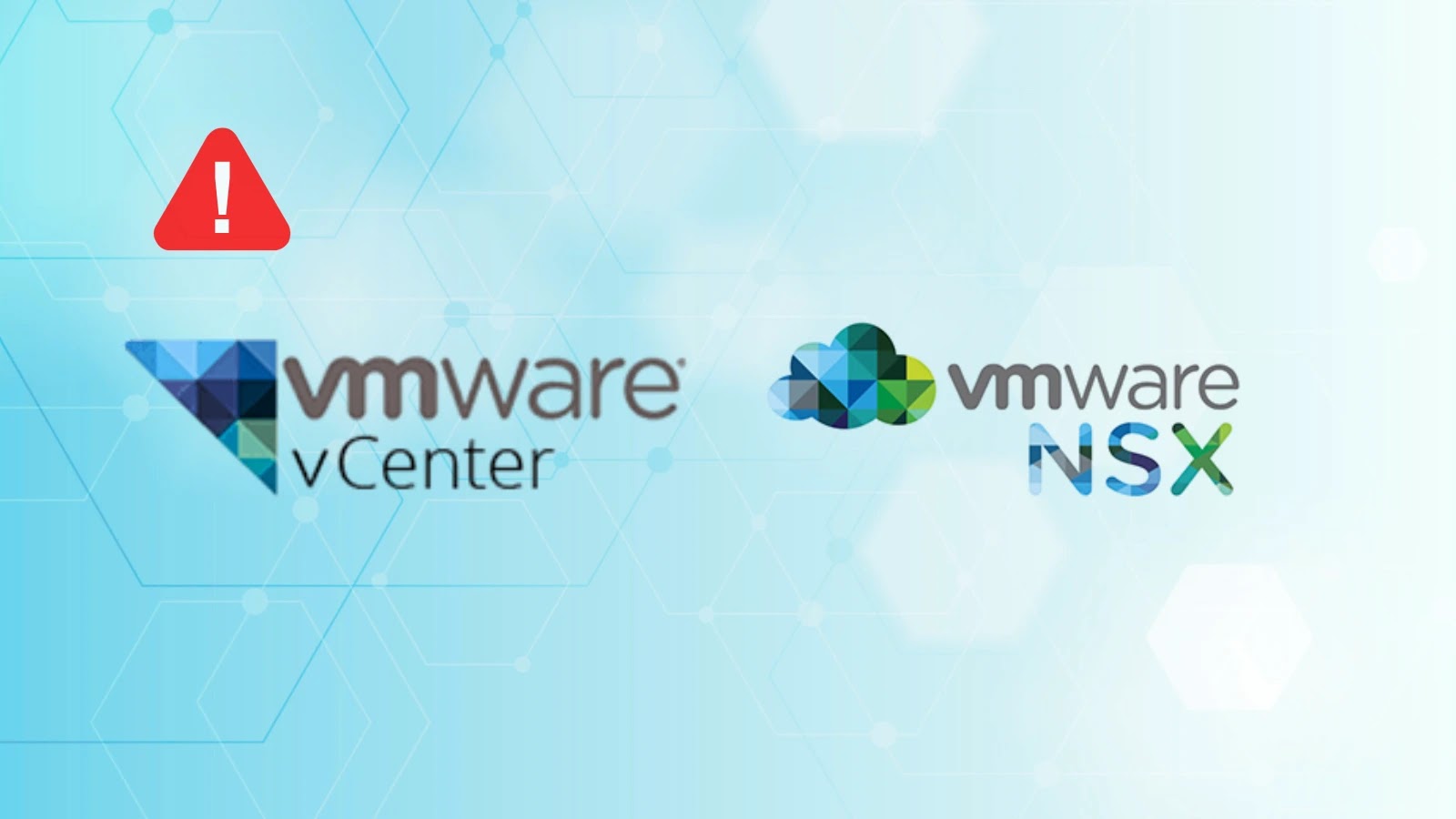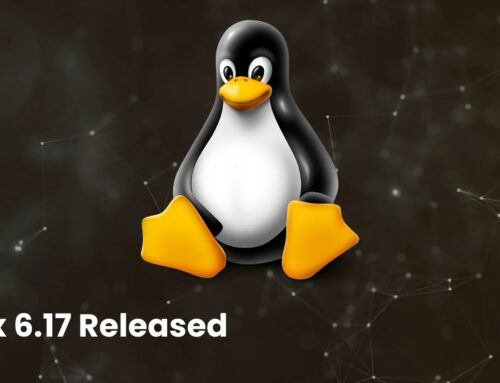
VMware vCenter and NSX Vulnerabilities Let Attackers Enumerate Valid Usernames
Urgent Security Alert: VMware vCenter and NSX Vulnerabilities Expose User Data
The digital infrastructure underpinning countless organizations worldwide relies heavily on VMware’s virtualization and networking solutions. When critical vulnerabilities emerge within these foundational technologies, the implications can be severe, potentially exposing sensitive data and compromising system integrity. Recently, VMware disclosed significant security flaws in its vCenter Server and NSX platforms that could allow attackers to enumerate valid usernames, marking a crucial moment for IT professionals to reassess their security posture and implement timely remediation.
Understanding the VMware Vulnerabilities
These newly identified vulnerabilities, tracked as CVE-2025-41250, CVE-2025-41251, and CVE-2025-41252, present a direct threat to the confidentiality of user accounts within affected VMware environments. The primary concern is the ability of an unauthenticated attacker to enumerate valid usernames. This reconnaissance step is often a precursor to more advanced attacks, such as brute-force attempts, credential stuffing, or targeted phishing campaigns, making these vulnerabilities particularly dangerous.
Beyond username enumeration, some of these flaws also enable attackers to manipulate system notifications, potentially masking malicious activities or disrupting legitimate administrative alerts. Such capabilities could provide attackers with a critical advantage by allowing them to operate undetected within a compromised system for extended periods.
Affected VMware Products and Platforms
The scope of these vulnerabilities is broad, impacting several core VMware products and platforms. Organizations utilizing any of the following should promptly review their systems:
- Cloud Foundation: VMware’s integrated hybrid cloud platform.
- vSphere Foundation: The foundational compute virtualization platform.
- NSX: VMware’s network virtualization and security platform.
- NSX-T: The newer generation of NSX for modern applications and environments.
- Telco Cloud Platforms: Solutions tailored for telecommunications service providers.
The breadth of affected products underscores the critical need for immediate action across diverse IT environments, from enterprise data centers to cloud service providers.
The Threat of Username Enumeration
While username enumeration might seem like a minor issue compared to direct arbitrary code execution, its strategic importance in the attacker’s kill chain cannot be overstated. By identifying valid usernames, attackers significantly narrow down the target pool for credential-based attacks. Instead of guessing both a username and a password, they can focus solely on cracking passwords for known, legitimate accounts. This reduces the complexity and increases the success rate of subsequent attacks, opening the door to:
- Brute-force attacks: Repeated attempts to guess passwords for enumerated users.
- Credential stuffing: Using username/password pairs obtained from other data breaches against the known valid usernames.
- Targeted spear-phishing: Crafting highly convincing phishing emails using legitimate usernames to trick employees into revealing their credentials or executing malicious payloads.
- Social engineering: Using knowledge of valid user accounts to gain trust or manipulate individuals within the organization.
Remediation Actions: Securing Your VMware Environment
Broadcom, the new owner of VMware, has released a security advisory detailing these vulnerabilities and providing crucial guidance. Immediate action is paramount to mitigate the risks associated with CVE-2025-41250, CVE-2025-41251, and CVE-2025-41252. Organizations must prioritize the following:
- Apply Patches Immediately: This is the most critical step. Consult the official Broadcom/VMware security advisory for specific patch versions relevant to your deployed products. Do not delay these updates.
- Review Access Controls: Ensure the principle of least privilege is rigorously applied to all users and service accounts within vCenter and NSX. Minimize administrative access to only those who absolutely require it.
- Implement Multi-Factor Authentication (MFA): MFA significantly elevates the security posture against compromised credentials. Even if an attacker enumerates a username and cracks a password, MFA can block unauthorized access.
- Monitor Logs for Suspicious Activity: Enhance monitoring for failed login attempts, unusual login patterns, and access from unfamiliar IP addresses. Implement robust SIEM (Security Information and Event Management) solutions to correlate security events.
- Network Segmentation: Ensure strict network segmentation for vCenter and NSX management interfaces. These systems should not be directly exposed to the internet or untrusted networks.
- Regular Security Audits: Conduct frequent security audits and vulnerability assessments of your VMware infrastructure to identify and address potential weaknesses proactively.
Tools for Detection and Mitigation
While patching is the primary solution, various security tools can assist in detecting potential exploitation attempts and enhancing overall security posture:
| Tool Name | Purpose | Link |
|---|---|---|
| VMware vRealize Log Insight (now Aria Operations for Logs) | Centralized log management for identifying suspicious login patterns and system events. | VMware Aria Operations for Logs |
| VMware NSX Advanced Load Balancer (Avi Networks) | Can provide Web Application Firewall (WAF) capabilities, potentially detecting and blocking enumeration attempts at the application layer. | Broadcom Avi Networks |
| Any reputable SIEM solution (e.g., Splunk, QRadar, Elastic Security) | Aggregates logs from vCenter, NSX, and other systems for advanced threat detection, correlation, and alerting. | Splunk (Example) |
| Vulnerability Scanners (e.g., Nessus, Qualys, OpenVAS) | Can help identify unpatched systems and other network vulnerabilities. | Tenable Nessus (Example) |
Protecting Your Critical Infrastructure
The disclosure of these VMware vCenter and NSX vulnerabilities serves as a stark reminder of the persistent and evolving threat landscape. For organizations relying on VMware’s powerful suite of products, a proactive and diligent approach to security is not just recommended, it’s essential. By understanding the nature of these vulnerabilities, promptly applying the necessary patches, and reinforcing broader security practices, IT teams can effectively safeguard their critical digital infrastructure against potential exploitation and maintain the integrity of their operations.





